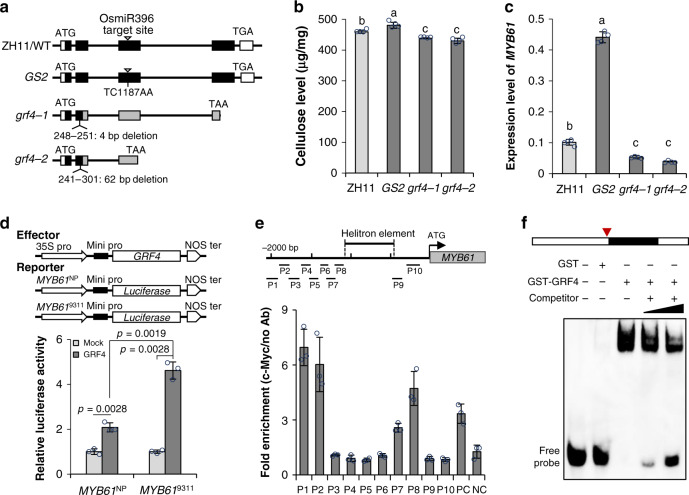Fig. 4. GRF4 is involved in cellulose biogenesis via regulating MYB61 transcription.
a Schema of GRF4 gene structure and the mutation sites of GS2 and grf4 mutants. Boxes and lines in the diagram indicate exons and introns, respectively. Gray boxes indicate mutated parts in the mutants. b The cellulose content, µg in per mg of cell wall residues prepared from the internodes of the indicated plants. Error bars indicate the mean ± SD of four biological replicates. Letters a–c indicate the different means according to Duncan’s multiple range test (p < 0.05). c The expression level of MYB61 in the leaf sheaths of indicated plants. Rice HNR was used for normalization. Error bars represent the mean ± SD of four biological replicates. Letters a–c indicate the different means according to Duncan’s multiple range test (p < 0.05). d Transcriptional activation assays by cotransfecting Arabidopsis protoplasts with the constructs shown in the upper panel. The luciferase activity was normalized with that of the cells coexpressing the empty effector (Mock). Error bars represent the mean ± SD of three biological replicates. Statistical significance was calculated with two-tailed Welch’s unpaired t-test and p values are indicated. e ChIP-PCR enrichment of the GRF4-cMyc targeting DNA fragments in the MYB61 promoter region. The upper panel indicates the locations of the DNA fragments subjected to ChIP-PCR analysis. Error bars represent the mean ± SD of three biological replicates. Rice glutamine synthase GS1.2 was used as the positive control (PC); an exon of MYB61 was used as the negative control (NC). f EMSA assay, showing the GRF4 recombinant proteins bound to the motif neighboring to the helitron element insertion site at the MYB61 promoter region. The open and black boxes indicate the MYB61 promoter and the helitron element, respectively. The red triangle indicates the site for generating the probe. n = 3 independent experiments. Source data underlying Fig. 4b–f are provided as a Source Data file.

